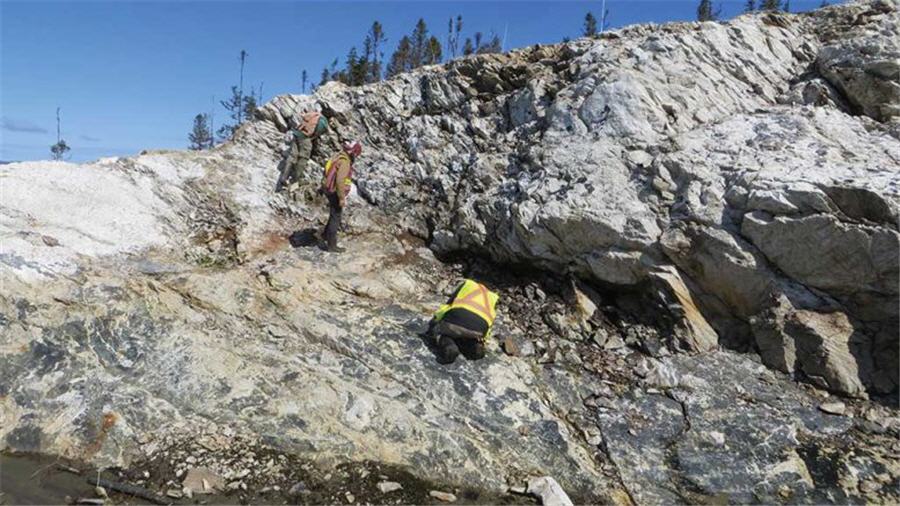
Step-out drilling at Marathon Gold’s Valentine gold project in Canada’s Newfoundland province has extended the Berry zone to the northeast, to a drill-tested strike of 450 metres.
The company’s latest release includes the assays from 10 holes completed at the Berry area, which sits within a 6-km-long Sprite corridor between the Leprechaun and Marathon deposits at the site.
Highlights include 120 metres of 3.33 g/t gold starting at 87 metres, 36 metres of 3.37 g/t gold from 107 metres as well as 32 metres of 2.33 g/t gold starting at 67 metres.
Midday Wednesday, Marathon’s stock was up 7.7% on the TSX
“Our 2020 exploration program is focused on new discovery, with broad step-out drilling into areas previously untested,” Matt Manson, the company’s president and CEO said in a release.
Manson added that the company’s 32,000-metre drill program is scheduled to cover a 3-km-long strike, extending from the Berry zone, through the Frozen Ear Pond Road area and to the limit of the Marathon deposit, which is open to the southwest.
All 10 holes returned gold grades in excess of 0.3 g/t – the open-pit cut-off grade used in the latest resource estimate for the project; nine holes included intersections over 0.7 g/t gold.
According to the company, the principal style of mineralization at Berry is within a 30- to 100-metre-wide interval, extends from surface down to a depth of 250 metres, and remains open at depth. Drill data available to date suggests a 450-metre-long strike for the Berry zone mineralization.
The Valentine project features four shear-zone hosted gold deposits within a 20-km long trend. Measured and indicated resources at the site total 54.9 million tonnes at 1.75 g/t gold for a total of 3.1 million oz. with additional inferred resources of 16.8 million tonnes at 1.78 g/t for a further 1 million oz. These resources include both an open-pit and underground component; the former is estimated using a 0.3 g/t gold cut-off and the latter estimated using a 1.66 g/t gold cut-off grade.
In April, Marathon released a prefeasibility study for Valentine, which outlined a 12-year open pit and conventional milling operation producing an average of 175,000 oz. of gold annually in the first nine years of operation.
With an initial capital cost of C$272 million and average life-of-mine, all-in sustaining costs of $739 per oz., the net present value of the project, at a 5% discount rate, is estimated at C$472 million, based on a $1,350 per oz. gold price, with a 36% internal rate of return.
A feasibility study for the project is expected next year.
Midday Wednesday, Marathon’s stock was up 7.7% on the TSX. The company has a C$453 million market capitalization.
(This article first appeared in the Canadian Mining Journal)